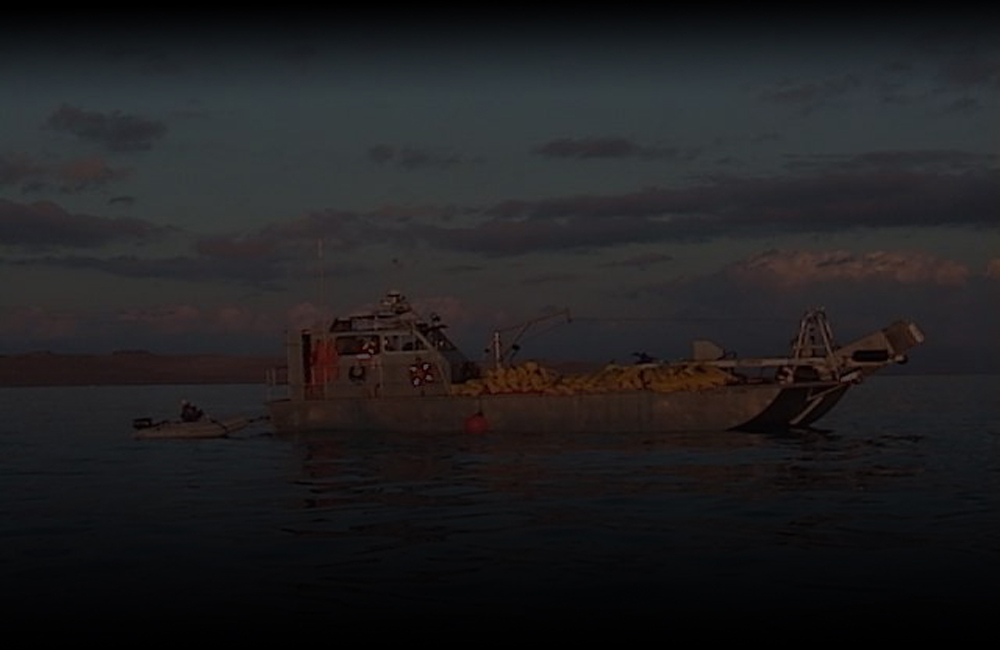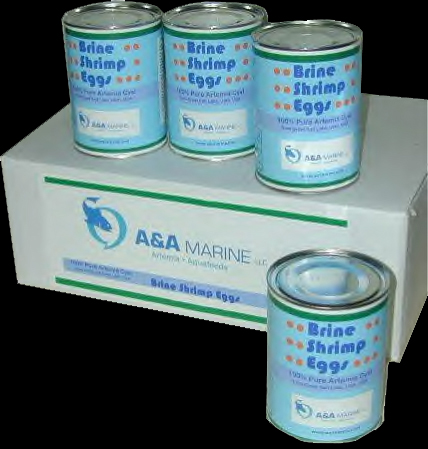
Artemia is a genus of aquatic crustaceans known as brine shrimp. Artemia, the only genus in the family Artemiidae, has changed little externally since the Triassic period. The historical record of the existence of Artemia dates back to 982 from Urmia Lake, Iran, although the first unambiguous record is the report and drawings made by Schlösser in 1756 of animals from Lymington, England. Artemia populations are found worldwide in inland saltwater lakes, but not in oceans. Artemia are able to avoid cohabiting with most types of predators, such as fish, by their ability to live in waters of very high salinity (up to 25%).
The ability of the Artemia to produce dormant eggs, known as cysts, has led to extensive use of Artemia in aquaculture. The cysts may be stored for long periods and hatched on demand to provide a convenient form of live feed for larval fish and crustaceans. Nauplii of the brine shrimp Artemia constitute the most widely used food item, and over 2000 tonnes of dry Artemia cysts are marketed worldwide annually. In addition, the resilience of Artemia makes them ideal animals for running biological toxicity assays and it is now one of the standard organisms for testing the toxicity of chemicals. A breed of Artemia is sold as a novelty gift under the marketing name Sea-Monkeys.
The brine shrimp Artemia comprises a group of eight species very likely to have diverged from an ancestral form living in the Mediterranean area about 5.5 million years ago.
Scientists have taken the eggs of brine shrimp to outer space to test the impact of radiation on life. Brine shrimp cysts were flown on the U.S. Biosatellite II, Apollo 16, and Apollo 17 missions, and on the Russian Bion-3 (Cosmos 782), Bion-5 (Cosmos 1129), Foton 10, and Foton 11 flights. Some of the Russian flights carried European Space Agency experiments.
Artemia (brine shrimp eggs) as defined by Wikipedia


